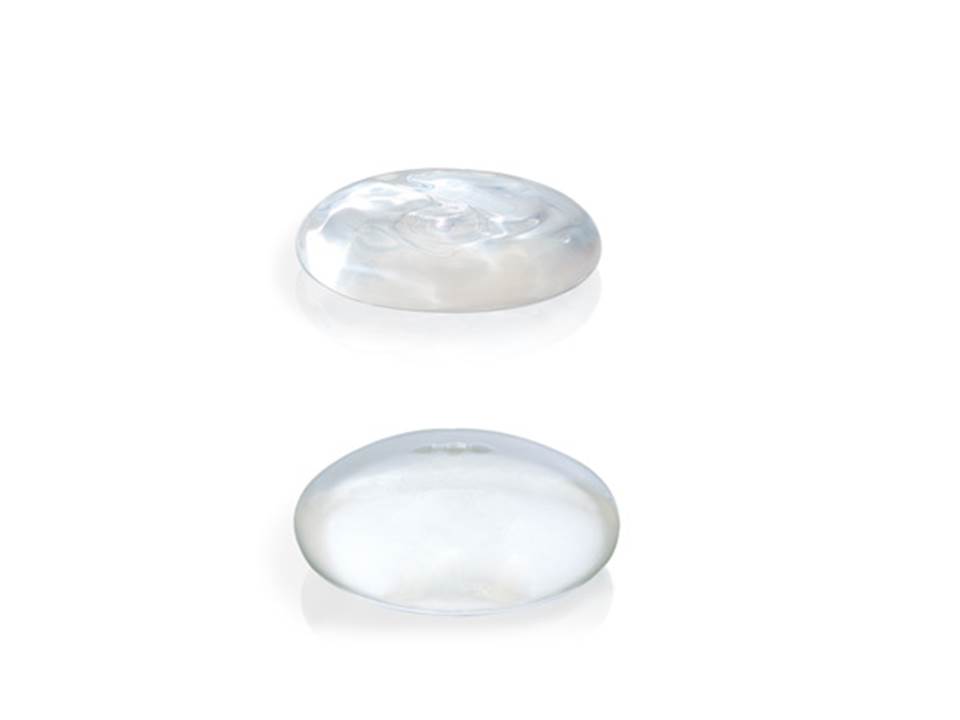
Silicone or Saline? Which Breast Implant is Best for You?
The two most common complications of breast implants, rupture and capsule formation, are influenced by which type of implant you choose. The appearance and feel of the implants are also affected by implant type.
Implant manufacturers have a lot of faith in their products these days and provide free lifetime replacements if an implants ruptures. But detection of rupture is affected by which type of implant you choose. Your body is 70% saline. When saline implants rupture, the salt water simply goes into your bloodstream and is absorbed, leaving behind an empty plastic bag.
Silicone, however, cannot be absorbed your body, so when silicone implants rupture the leaking material causes inflammation in the surrounding tissues. This inflammation can be a more reliable indicator of silicone rupture than imaging studies such as MRI or ultrasound.
Another potential complication with silicone implants is thickened capsule formation. After a breast augmentation, the surrounding tissues react to the implant. The body sometimes reacts more strongly to silicone than to saline, causing a thicker capsule to develop around the implant. The thicker capsule can move the implant or cause pain, requiring additional surgery.
So why bother with silicone implants? Because they look and feel more like natural breast tissue than saline implants. Silicone gel is more cohesive than saline, decreasing the appearance of rippling. The gel is also more viscous than saline and feels more like natural breast tissue.
You can’t choose the implant type in a vacuum. Pocket placement and the need for a possible breast lift will impact your choice. Please read my other blogs on breast augmentation.


